The project is organised and supported by archaeologists at the University of Newcastle upon Tyne.
- Were any historic times more likely to re-use roman stone – was re-use most likely close to Roman times and did the stone become progressively less available as stone was robbed and then grown over?
- What type of buildings were the stones incorporated into?
- What volume of stone was re-used – is it possible to estimate how much was re-used and how much has simply decayed, been ploughed in, destroyed or dumped?
- Are there differences in where re-use occurred and are they dependant on the type of stone, i.e. were some sections of the wall robbed more than others?
- To what extent are the same geological resources being exploited…do different builders from different historic times use different types and sources of materials?
- Can different stone use be attributed to different phases of the Wall building?
…and it seems likely that the project will raise more questions and ideas about the Wall and where all of its stone went.
The community has a big part to play in this. If you know about local buildings or a bit about geology or archaeology or are just plain curious about any of these and would like to play a part in understanding more about all of this, then this is for you. The sheer size of the Wall and amount of material and number of different buildings means that citizen science is the way forward. This project will combine your knowledge and enthusiasm with specific expertise along with the backing of research work which will be carried out by Newcastle University. All of this will provide the set of information which can be used to help answer the questions above and bring more of our communities’ history to life.
The Pilot Study
This pilot study is an opportunity to explore all of this by explaining how the stone sourcing and dispersal may have worked and by exploring both geological and archaeological techniques
To start the project off we will be running this pilot working with the Heddon-on-the-Wall community to try out some of the things that we would like to do over the three year project with communities from E to W along the Wall. We would also like to find out more about the sort of things that you would like to do as part of this project – we have lots of exciting ideas about what we would like to achieve but there is still a great deal to explore and work out and for this we want your involvement.
The Pilot will be run over 3 days to give an opportunity for as many people as possible to get a taste for this work. To do this we will be running a one day event with a series of activities which will be repeated on each of those three days. This is the schedule of planned activities:
Here is a timetable for the day. We’ll gather outside the W.I. Hall at 10:00am and then set off to walk to the Roman Wall.
10:00 – 11:30 Visit Roman Wall for a detailed look
11:30 – 13:00 Visit quarry to explore the geological source of the Wall stones
13:00 – 13:30 Lunch – outdoors or in W.I Hall depending on weather
13:30 – 14:30 Village Walk
14:30 – 16:00 Measurement work in St Andrew’s church.
Looking at the Wall from a different perspective
The day will start with a trip to have a look at the Wall itself. We will spend some time looking at the different types of stone that have been used to construct this part of the wall and if the weather is kind we will be trying out some simple measurement techniques which will be used over time to build up a picture of the nature and quantity of these stones.
We will visit one of the quarries in the neighbourhood of Heddon, which may have been a source for stone for the Wall. More importantly it gives an opportunity to have a look at the geology that underpins the Wall in Heddon and to explore the sort of geological factors that would affect the type of stone which is laid down. This is the starting point for getting inside the stone to find characteristics that will uniquely identify it on its journey from quarry to the Wall and then on into other buildings. We will spend time looking at sedimentary features, mineral types, grain size and shape, matrix texture along with other features that have been created within the rock after the sediments that formed them were laid down in beds.
There will be a walk through the older part of the village. Now with the knowledge of the type of stone used in the Wall, we will use this to see if it is possible to start identifying where material has been re-used within the village buildings.
Techniques to record what we are looking at will be discussed and if possible tried out.
St Andrew’s church sits on top of a raised knoll with a round, built up perimeter overlooking the path of the Roman Wall. The church was consecrated in 630AD and it is still possible to see Saxon elements in the church fabric. The church has a long history of evolution with modifications, re-builds and additions. This makes it a really interesting case study to start learning how to read the way that building with stone was treated in different historic periods. So for example a Saxon wall can be seen next a Norman wall and a Victorian wall. Linking this knowledge to an understanding of the Wall construction and of the geology of the materials used, will form the basis for the set of tools to help us understand the Wall and how it was re-used.
Techniques to record these different fabrics and stone types will be further explored within and around the church.
A short session to pull together what has been seen during the day and a run through what we hope is going to happen next and to find out what you think about it and would like to see taking place.
St Andrew's Church, Heddon on the Wall
General Wade's Military Road
Hadrian's Wall at Heddon in 3D
Re-use of Roman stones in Anglo-Saxon churches of St Peter's, Wearmouth & St Paul's, Jarrow:
| john_senior_report-2014-2.pdf |
Hadrian's Wall Community on Facebook
Hexham Courant - 12 April 2018
Dr. Lingard, in 1807, noticed two inscribed stones at Heddon, showing that parts of the Wall here were built by the Fourth Cohort of the Twentieth Legion, Valeria Victrix, [4] and the Century of Julius Rufus [5]. Both have disappeared. My attention has recently been called by the Rev. C. Bowlker to a stone in the byre of the vicarage, about 15 inches long and 9 inches high. This is evidently a centurial stone. The inscription is gone.

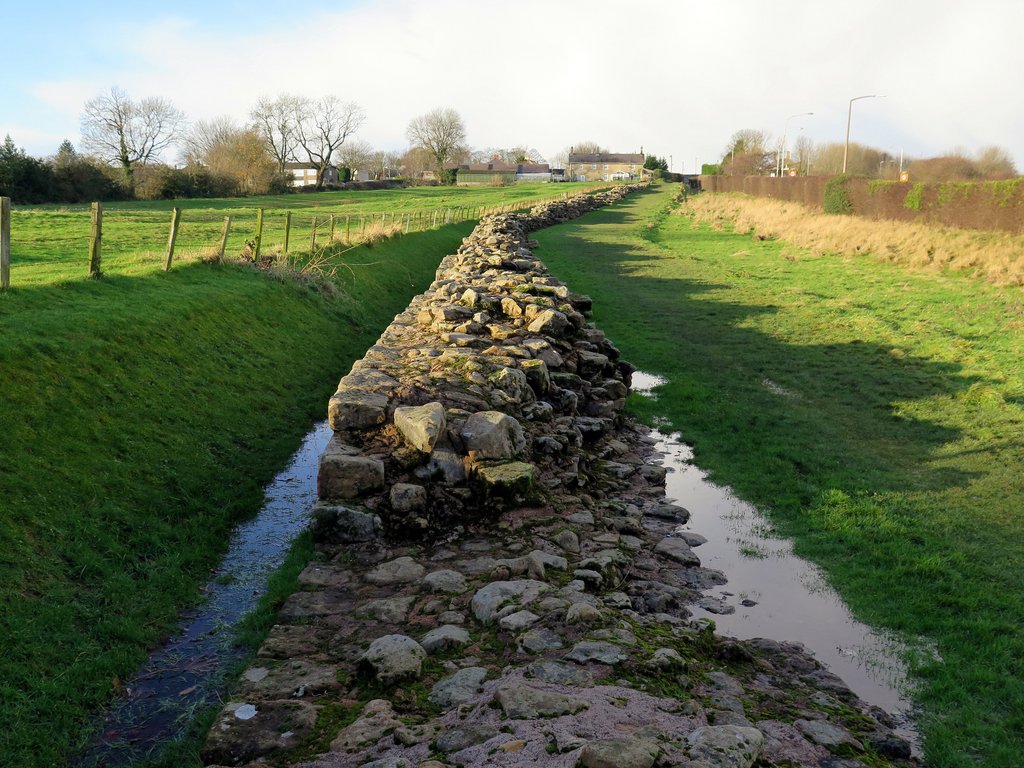
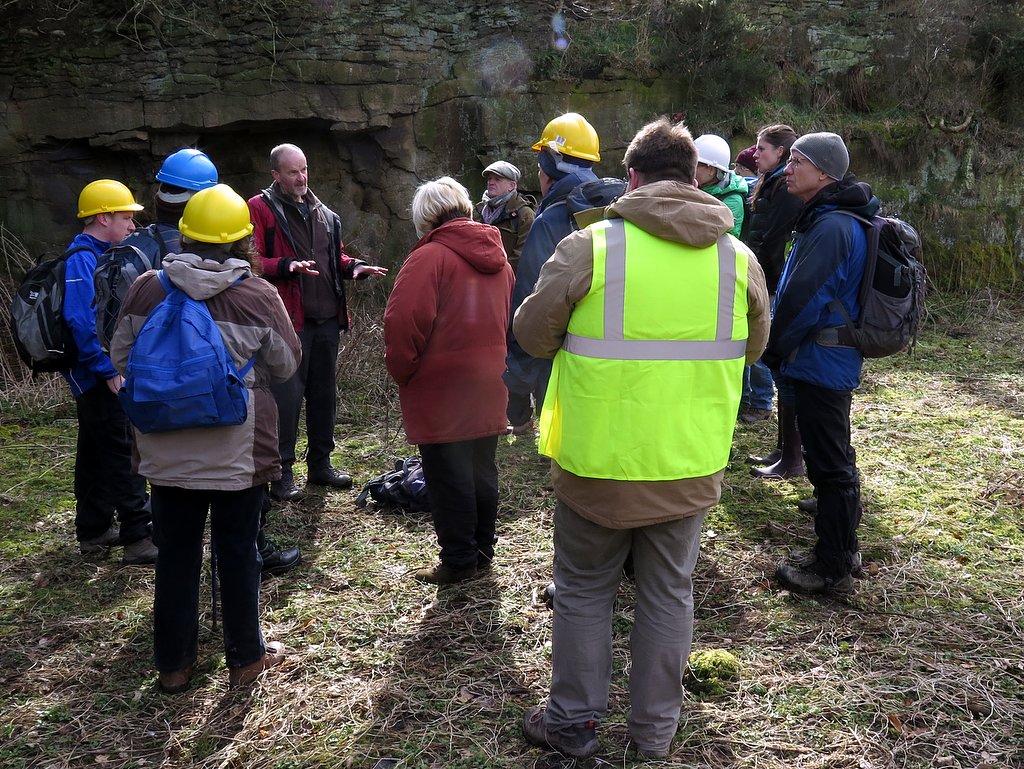
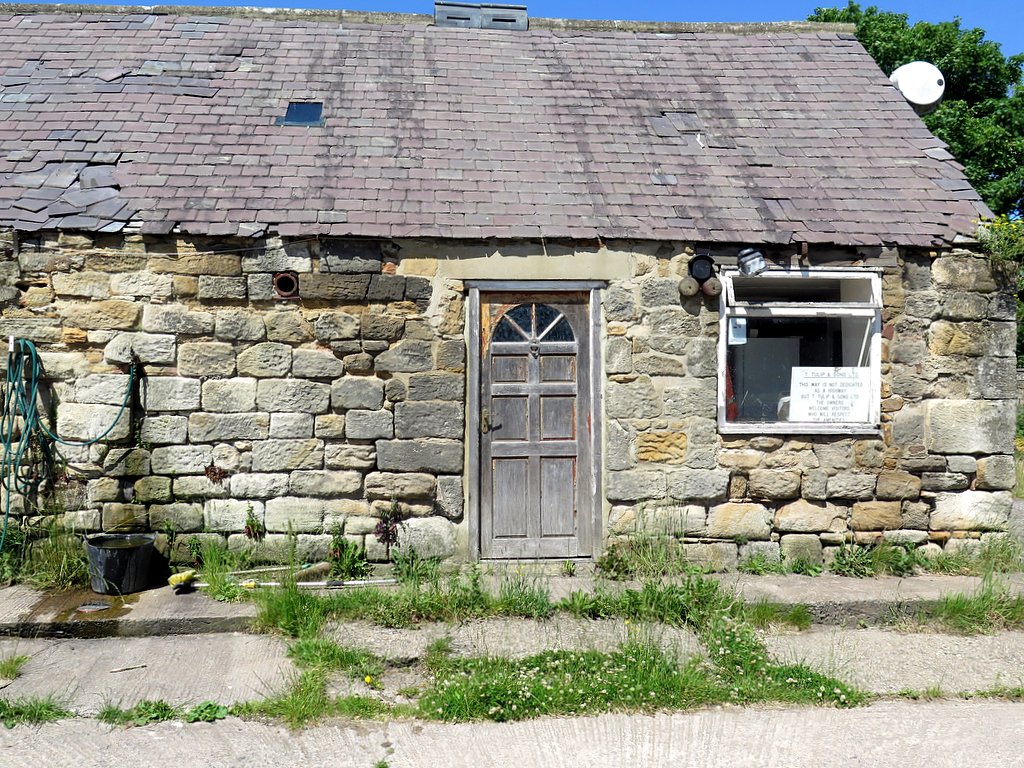
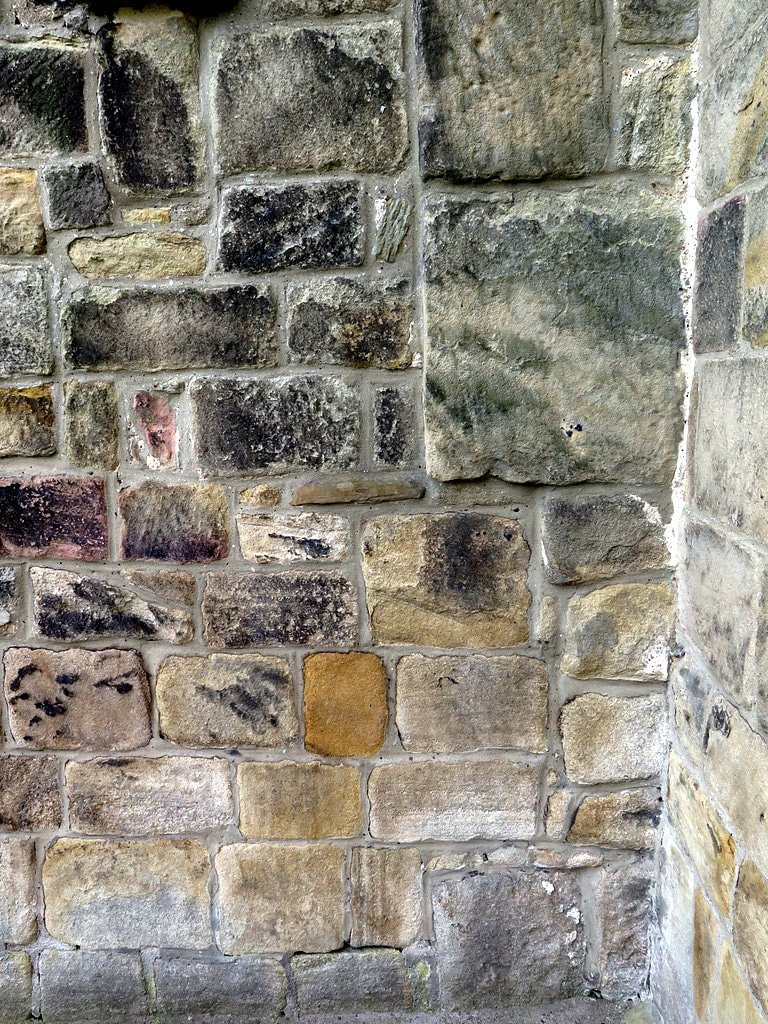
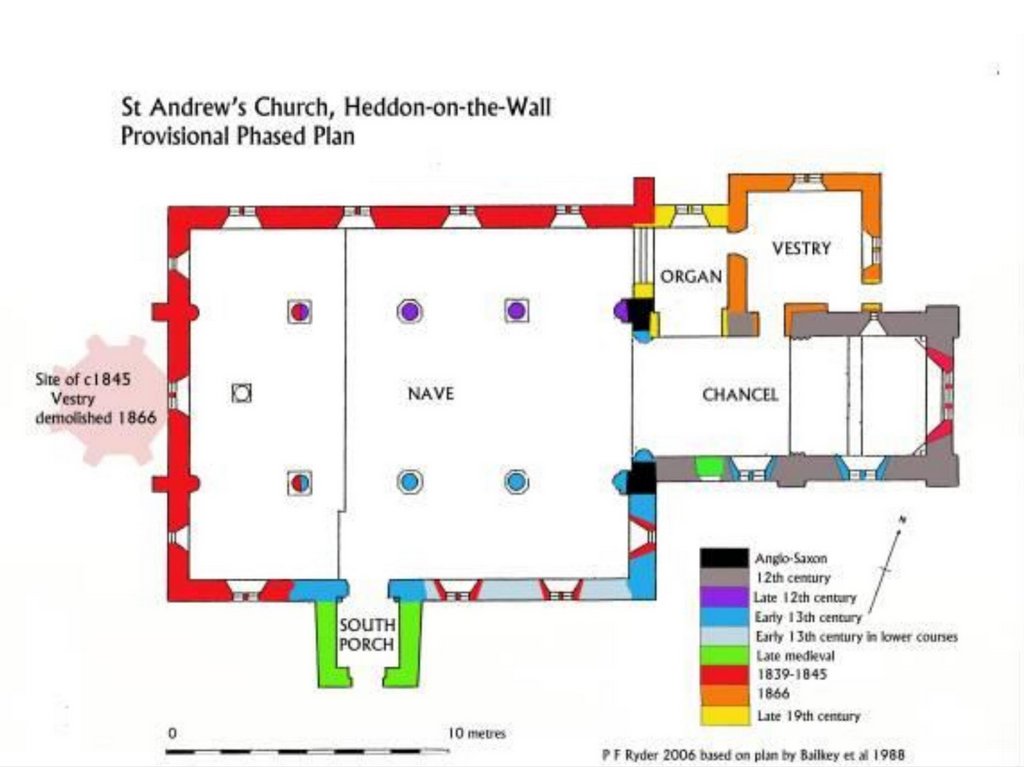
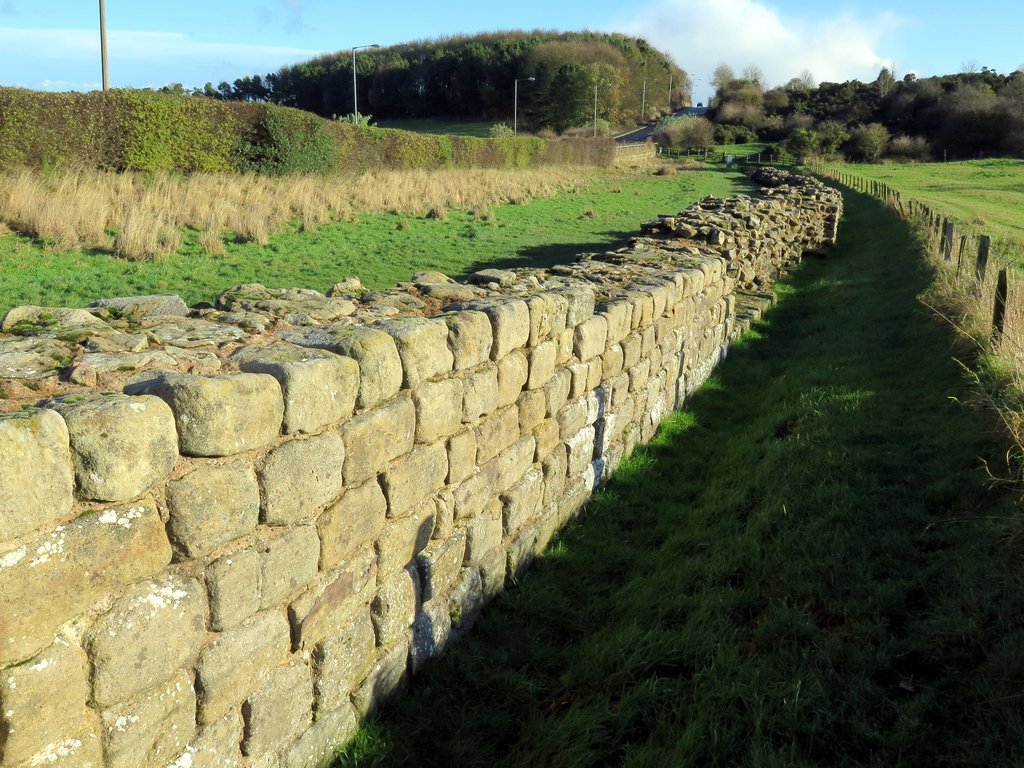
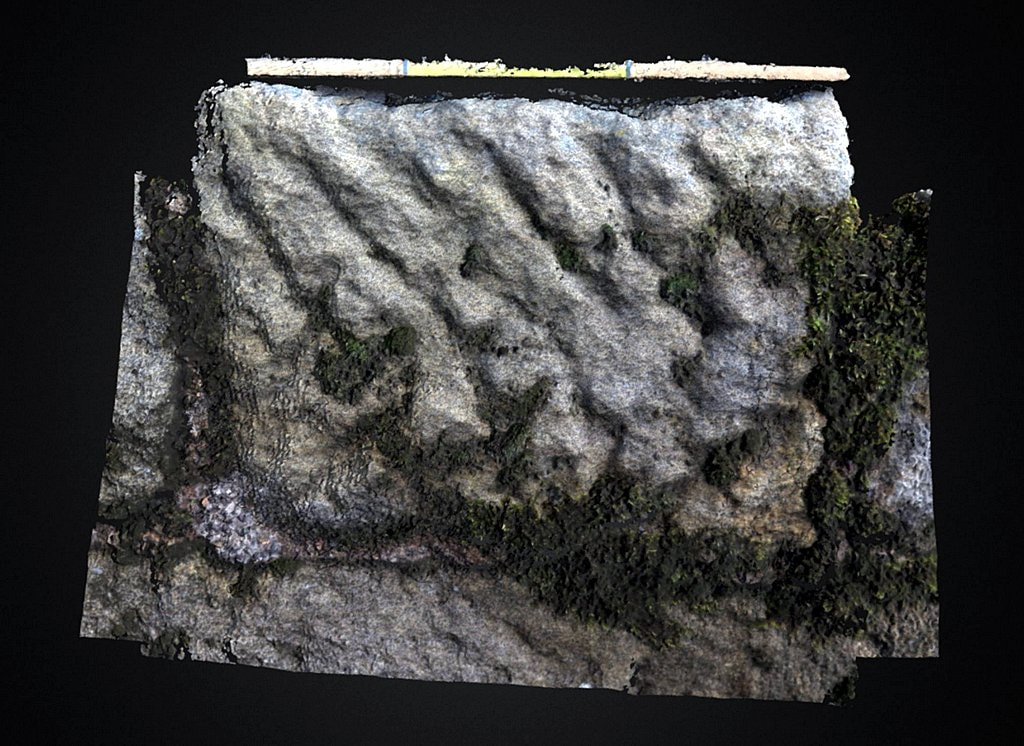
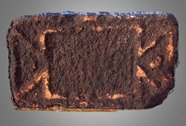
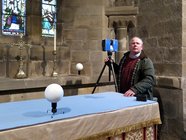
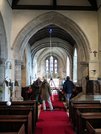
 RSS Feed
RSS Feed
